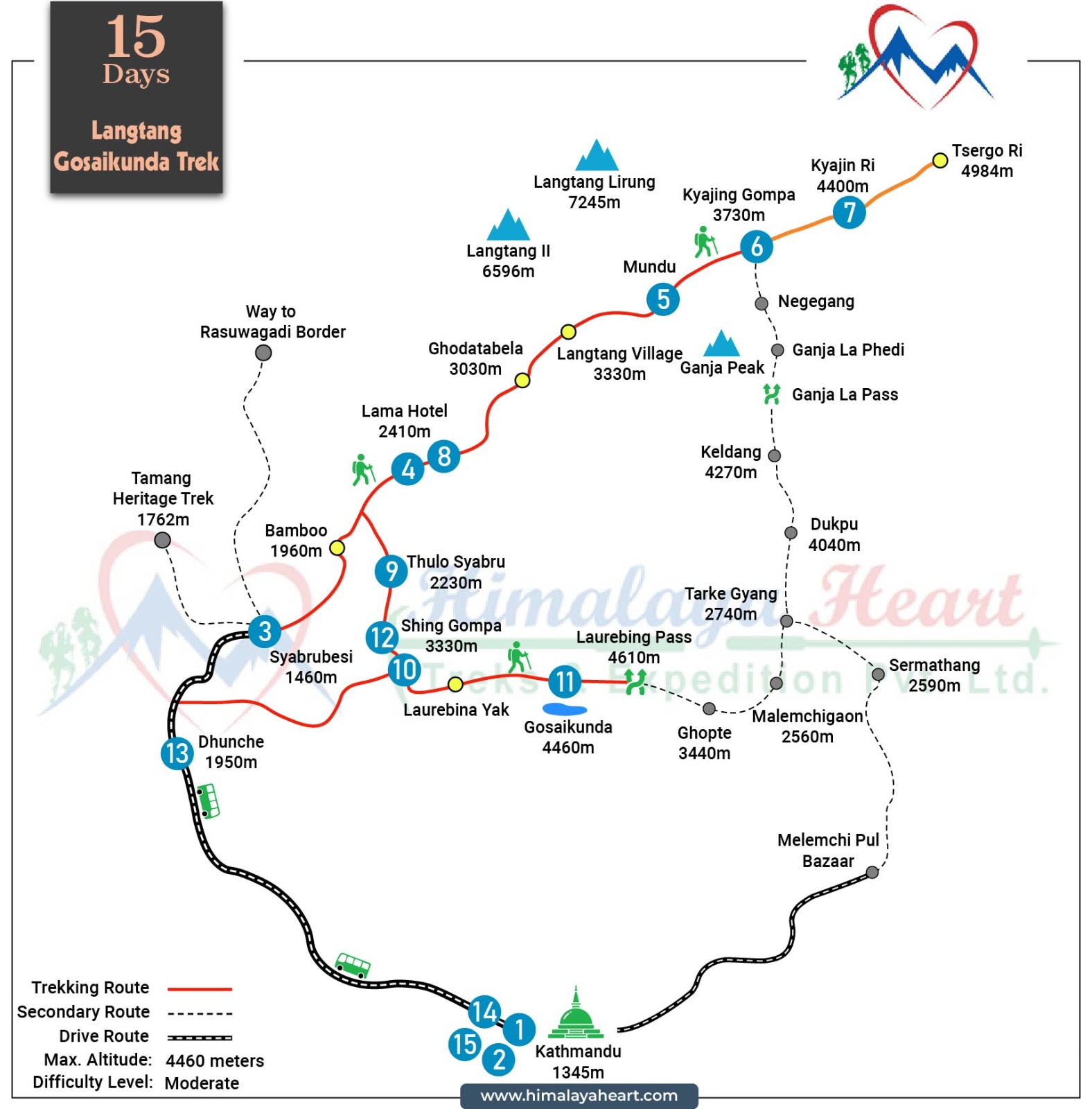Payment in Hotels, trekking/travel agencies, and airlines are made in foreign exchange. Most of the International Cards including Visa Card, Master Card, JCB, Maestro, Americal Express etc. are widely accepted by hotels, restaurants and leading travel/trekking agents. The receipts may be needed to change left-over Nepalese Rupees into hard currency before leaving the country. However, only 10 percent of the total amount may be converted by the bank. ATM and Debit cards are widely in use in major cities of Kathmandu, Pokhara, Chitwan, Lumbini and others.
Nepalese Rupees are found in denominations of 1000, 500, 100, 50, 20, 10, 5, 2 and 1. One rupee equals 100 paisa. The rate regularly fluctuates and is fixed and published by Nepal Rastra Bank every other day.












 USD 990
USD 990

